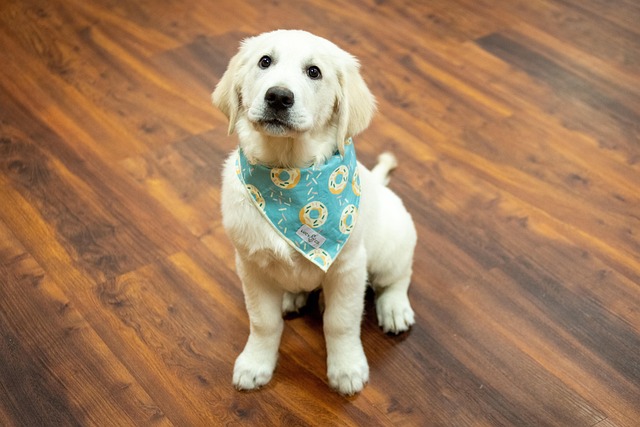
How can I tell if my dog's heatstroke is serious
Let’s be real: It’s a sticky August morning in Los Angeles, and you took your 2-year-old Golden Retriever, Max, for a walk a little later than usual
Walks around the neighborhood after work are a common routine for many dog owners, but squeezing in just 30 minutes might not cut it for every pup. A Chihuahua or Shih Tzu might be content with that short stretch, but a Border Collie or German Shepherd will likely pace and whine for more activity once the leash is hung up. These high-energy breeds need mental stimulation too—like fetch games or puzzle toys—to pair with physical movement, otherwise boredom can lead to chewed shoes or dug-up flower beds.
Local laws add another layer to planning your dog’s exercise. In cities like Portland or Berlin, public parks often have designated off-leash hours, but straying outside those times can result in fines. Some areas also require dogs to be on leashes near schools or playgrounds, even if your pup is well-trained. Keeping up with these rules isn’t just about avoiding penalties; it also keeps your dog safe from traffic or conflicts with other animals.
Weather plays a big role in how effective that 30 minutes is, too. During summer heatwaves in Arizona or southern France, pavement can burn a dog’s paws in minutes—so early morning or evening walks are a must, and even then, 30 minutes might be too long if the air is thick. In winter, salt on sidewalks in Chicago or London can irritate paws, so shorter, more frequent walks paired with indoor playtime work better to keep your dog active without discomfort.
 Age matters as much as breed when setting exercise goals. A young puppy under six months shouldn’t do 30 minutes of intense walking—their joints are still developing, so short, gentle strolls are better. Senior dogs, on the other hand, might struggle with 30 minutes of continuous movement, but breaking it into two 15-minute walks with rest stops can help them stay mobile without getting tired. Checking with your vet to tailor a routine to your dog’s age is always a smart move.
Age matters as much as breed when setting exercise goals. A young puppy under six months shouldn’t do 30 minutes of intense walking—their joints are still developing, so short, gentle strolls are better. Senior dogs, on the other hand, might struggle with 30 minutes of continuous movement, but breaking it into two 15-minute walks with rest stops can help them stay mobile without getting tired. Checking with your vet to tailor a routine to your dog’s age is always a smart move.
Ignoring exercise needs can lead to more than just a restless dog—it can contribute to obesity, which raises the risk of diabetes and joint pain in pups. But it’s not just about quantity; quality counts too. A 30-minute walk where you let your dog sniff and explore is more enriching than a rushed jaunt where you’re checking your phone the whole time. Sniffing is a form of mental exercise that tires dogs out almost as much as running, so slowing down can make that 30 minutes go further.
At the end of the day, there’s no one-size-fits-all answer—30 minutes might be enough for some dogs, but others will need more. The key is to watch your dog’s cues: if they’re still energetic after a walk, add a quick game of tug-of-war. If they’re lagging halfway through, cut the time short and try again later. Pairing exercise with adherence to local laws and attention to your dog’s individual needs will keep both you and your furry friend happy and healthy for years to come.

Let’s be real: It’s a sticky August morning in Los Angeles, and you took your 2-year-old Golden Retriever, Max, for a walk a little later than usual

You're enjoying a summer afternoon at the park when you notice your dog has stopped panting and appears disoriented - their gums are bright red

Let’s paint the picture: You’re in your Denver apartment, watching your 4-year-old Boston Terrier, Ruby, plop down mid-play session with her favorite toy

Many dog owners notice their pets nails seem shorter after regular walks,but how much does this daily activity actually help?The answer depends on where you walk—concrete sidewalks or asphalt streets gently file nails as a dog's paws hit the ground

Most dog owners notice their pup scooting across the carpet at some point, but few connect it to impacted anal glands. These small sacs near a dog’s rectum secrete a scent for marking territory

Most vets agree that regular dog teeth cleaning is key to avoiding painful dental issues later. For healthy adult dogs, a professional cleaning at the vet’s office every 12 to 18 months usually works well.